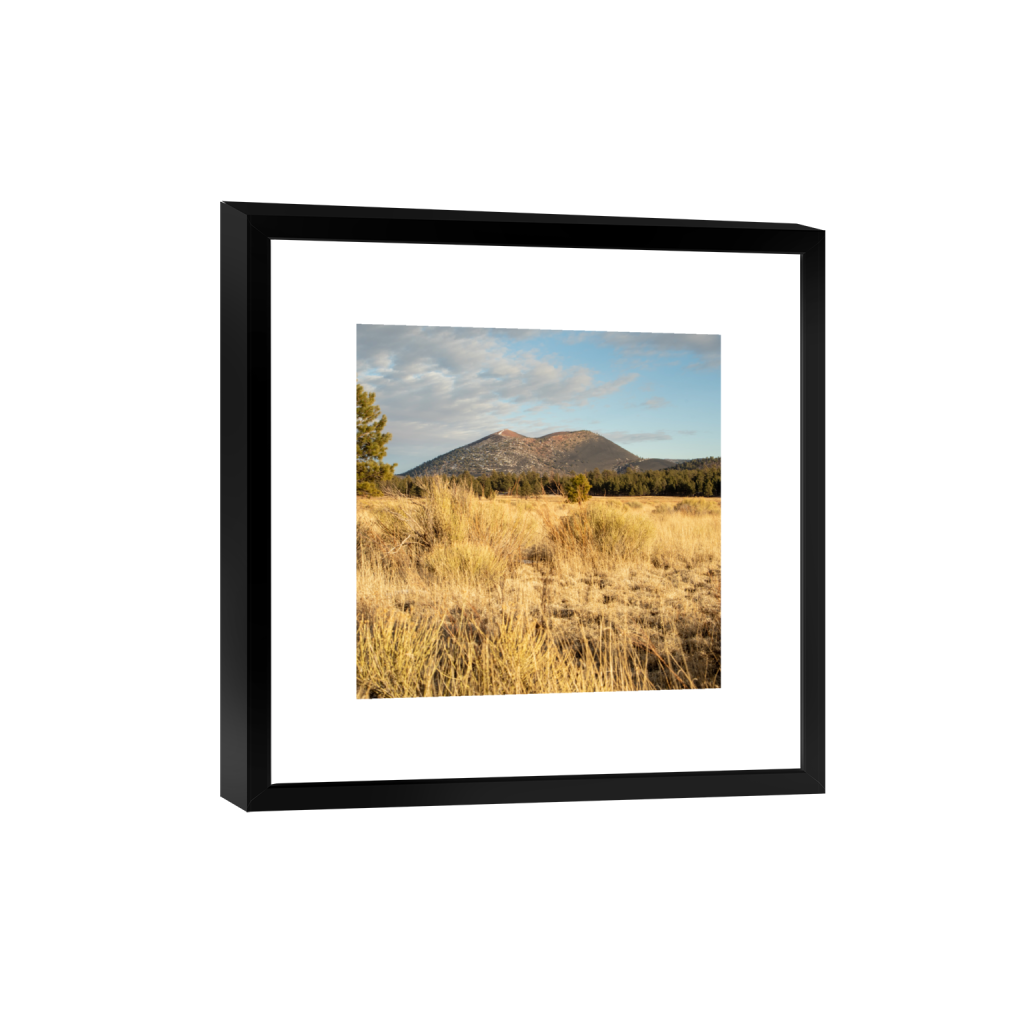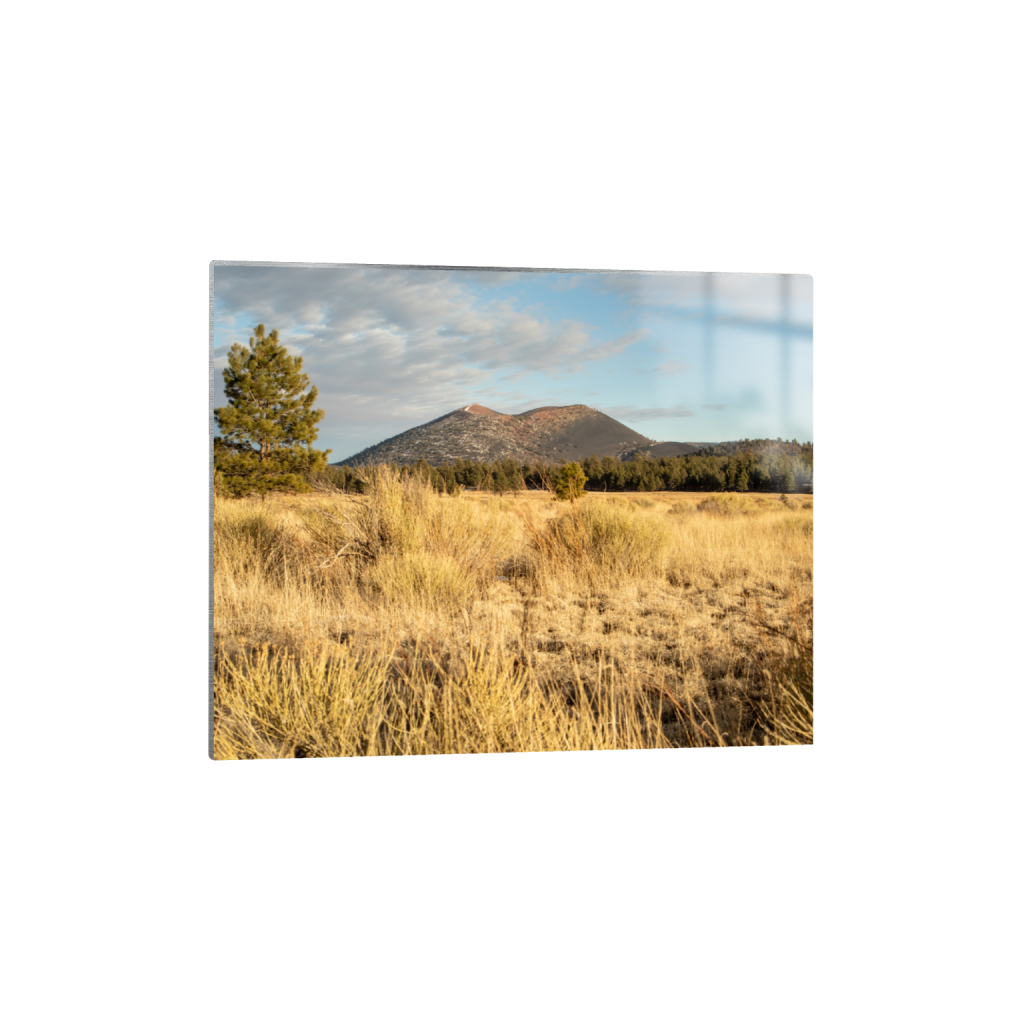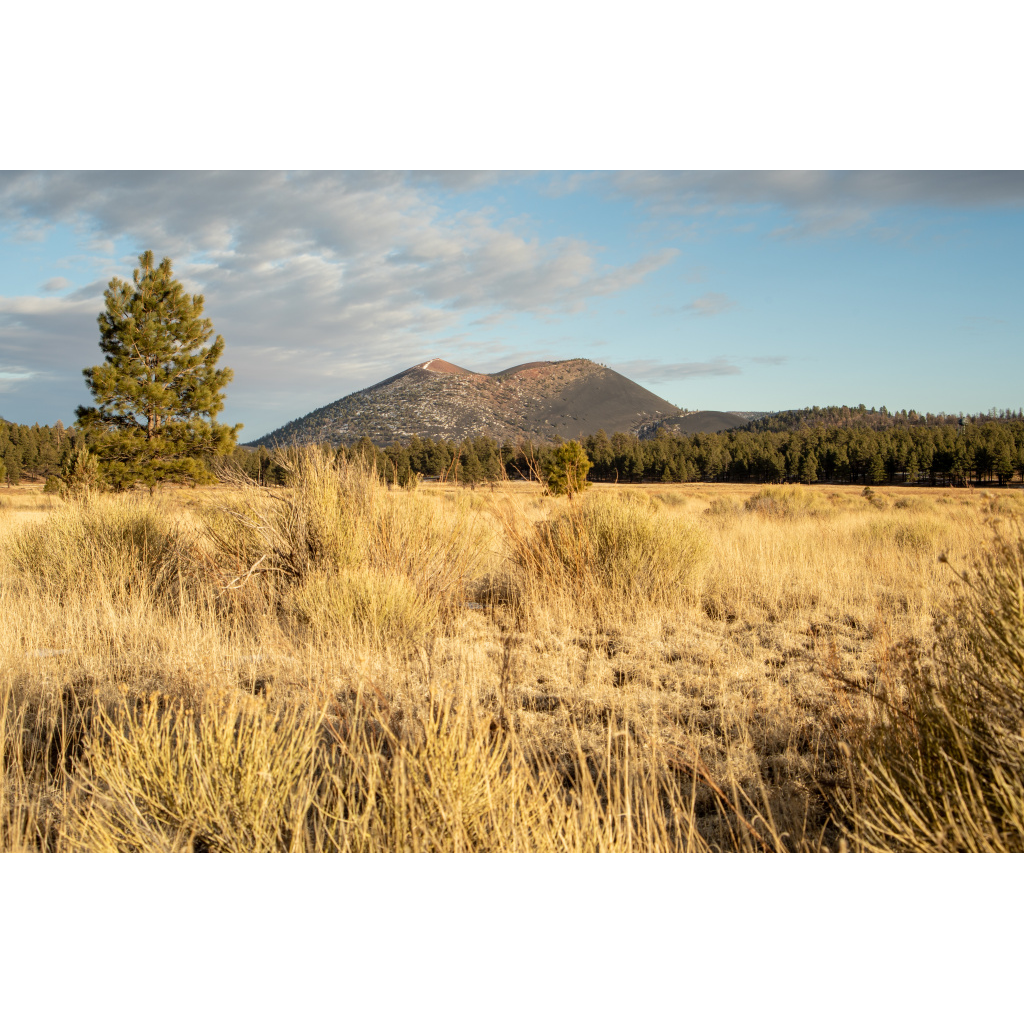Exploring the Riordan Mansion in Flagstaff, Arizona
Nestled in the heart of Flagstaff, Arizona, amidst towering Ponderosa pines and just steps away from Northern Arizona University, the Riordan Mansion State Historic Park stands as a testament to Capitalism and Ambition of the early 20th century. This sprawling 13,000-square-foot duplex, built in 1904, is not just an architectural marvel but a living time capsule that tells the story of the Riordan family, their contributions to Flagstaff’s growth, and the Arts and Crafts movement that shaped their home. If you’re a history enthusiast, an architecture lover, or simply curious about Arizona’s territorial past, a visit to Riordan Mansion is an unforgettable journey into the heart of Northern Arizona’s heritage.
Nestled in the heart of Flagstaff, Arizona, amidst towering Ponderosa pines and just steps away from Northern Arizona University, the Riordan Mansion State Historic Park stands as a testament to Capitalism and Ambition of the early 20th century. This sprawling 13,000-square-foot duplex, built in 1904, is not just an architectural marvel but a living time capsule that tells the story of the Riordan family, their contributions to Flagstaff’s growth, and the Arts and Crafts movement that shaped their home. If you’re a history enthusiast, an architecture lover, or simply curious about Arizona’s territorial past, a visit to Riordan Mansion is an unforgettable journey into the heart of Northern Arizona’s heritage.
The Riordan family story begins with brothers Timothy and Michael Riordan, sons of Irish immigrants who settled in Chicago before making their way to the Arizona Territory in the 1880s. The Riordans were not just businessmen; they were visionaries who played a pivotal role in transforming Flagstaff from a gritty railroad outpost into a thriving industrial and cultural hub. Their fortunes were built on the Arizona Lumber and Timber Company, a powerhouse that employed a significant portion of the town’s residents and fueled Flagstaff’s economic growth. Beyond lumber, the Riordans were instrumental in bringing electricity to the city, establishing Upper and Lower Lake Mary, named after their daughter, Mary, and supporting the development of educational institutions like the Normal School, which evolved into Northern Arizona University. Their influence extended to banking, railroads, cattle, and even local politics, cementing their status as one of Flagstaff’s most prominent families.
Timothy and Michael married sisters Caroline and Elizabeth Metz, respectively, who were cousins of another influential Flagstaff family, the Babbitts. This close-knit family dynamic is reflected in the unique design of the mansion, which was constructed as a duplex to house both families under one roof while maintaining separate living spaces. The Riordans’ legacy is deeply woven into Flagstaff’s fabric, and their home remains a tangible link to their contributions.
Designed by Charles Whittlesey, the architect behind the iconic El Tovar Hotel at the Grand Canyon, Riordan Mansion is a stunning example of American Arts and Crafts-style architecture. Completed in just nine months between 1903 and 1904, the mansion features a rustic exterior of log-slab siding, volcanic stone arches, and hand-split wooden shingles, blending seamlessly with the natural landscape of Flagstaff’s cool pines. The 40-room estate, spanning over 13,000 square feet, includes two nearly identical 6,000-square-foot wings—one for Timothy and Caroline’s family and one for Michael and Elizabeth’s—connected by a shared “Rendezvous Room” where the families could gather.
The mansion was a marvel of modern technology for its time, boasting indoor plumbing, hot and cold running water, central heating, and electric lights—luxuries that were rare in territorial Arizona. The Arts and Crafts philosophy, which emphasized craftsmanship, natural materials, and simplicity, is evident throughout the home. The interior is adorned with built-in furniture, exposed wooden beams, and native stone, creating a warm, inviting atmosphere that reflects the movement’s celebration of nature and authenticity.
One of the mansion’s most striking features is the set of photographic windows in the Rendezvous Room. These windows, created by photographer John K. Hillers, who accompanied John Wesley Powell on his Grand Canyon expeditions, feature seven black-and-white images set against frosted glass. The photographs, a nod to the Riordans’ connection to the region’s exploration history, add a unique artistic touch to the home’s rustic charm.
To fully experience Riordan Mansion, a guided tour is a must. The interior is accessible only through these hour-long tours, which are offered daily on the hour from 10:00 a.m. to 4:00 p.m., with reservations highly recommended due to limited capacity. The tour begins in the East House, Timothy and Caroline’s residence, which is furnished as if the family just stepped out, preserving the authenticity of the early 1900s. Visitors are treated to an in-depth look at the Riordan family’s history, the mansion’s architectural details, and its exceptional collection of Craftsman furnishings from renowned makers like Edison, Stickley, Ellis, and Steinway. The tour concludes in the West House, Michael and Elizabeth’s home, where self-guided exhibits delve into the Arts and Crafts movement, Native American pottery, the lumber industry, and a model of historic Flagstaff.
Located at 409 W. Riordan Road, Riordan Mansion is easily accessible, though visitors should note ongoing road construction on Riordan Road through June 20, 2025. The Arizona State Parks website recommends approaching from the east via Northern Arizona University, with the main entrance just west of the Riordan Road and Knoles Drive intersection. The park is open daily from 9:30 a.m. to 5:00 p.m. during the summer (May 1–October 31), with reduced hours (10:30 a.m.–5:00 p.m., closed Tuesdays and Wednesdays) from November 1 to April 30. The park is closed on Christmas Day.
The visitor center, housed in the former family garage, offers introductory exhibits and a gift shop stocked with books on the Arts and Crafts movement, Flagstaff history, and period-style souvenirs. The grounds, which span five acres, are free to explore and include picnic tables and scenic spots perfect for a relaxing afternoon.
The Riordan Mansion remained in the family until the 1980s, when descendants donated it to Arizona State Parks. Bob Chambers, Timothy’s son-in-law, gifted the East House in 1981, and Blanche, Michael’s eldest daughter, donated the West House in 1985. The park faced closure in 2010 due to state budget cuts, but the Riordan Action Network Group, a dedicated team of volunteers, ensured its survival through fundraising and community support. Today, volunteers continue to play a vital role in maintaining the mansion and offering educational tours, preserving this historic treasure for future generations.
Riordan Mansion is more than just a house; it’s a window into Flagstaff’s evolution from a territorial logging town to a vibrant modern city. The mansion’s architectural beauty, combined with the compelling story of the Riordan family, offers a rich and immersive experience. Whether you’re drawn to the intricate details of Arts and Crafts design, the history of Flagstaff’s pioneer families, or the chance to step back in time, Riordan Mansion delivers. Its proximity to other Flagstaff attractions, like Lowell Observatory, the Museum of Northern Arizona, and the historic Route 66 downtown, makes it an ideal stop on any Northern Arizona itinerary.
Deana and I had an absolutely amazing time exploring the stunning mansion. Our tour guide turned out to be truly exceptional! She not only answered our questions along the way but also captivated us with interesting facts as we made our way through the beautifully furnished East and West Wings of the mansion. I learned so much about the rich history of Northern Arizona and how this large family of first-generation Irish-Americans played a pivotal role in bringing civilization and culture to the unique landscape of Northern Arizona.
Sunset Crater Volcano
Photographing Sunset Crater Volcano is like capturing the vivid palette of a master artist at work. As the sun dips below the horizon, the cinder cone transforms into a canvas of deep oranges and purples, with shadows dancing across the rugged terrain and a dusting of snow. The contrasting textures of the black volcanic rock against the overcast sky creates a stunning visual symphony, challenging the limits of perception and inviting a playful exploration of line and form. Each click of the shutter is an exhilarating reminder that beauty can thrive in the starkest of landscapes, leaving us to ponder the wonders of nature, even when sight becomes a fleeting memory.
On Sunday, Deana and I eagerly headed up to the charming town of Flagstaff to do some shopping for her. Flagstaff is truly an amazing place that we both thoroughly enjoy exploring together. There is so much to see and do around Flagstaff, from quaint shops to scenic views. After our adventurous shopping excursions, we decided to venture over to the Majestic Sunset Crater Volcano, a stunning location where life continues to spring up vibrantly amongst the rugged cinders of a volcanic eruption that occurred way back in 1085 A.D. According to Wikipedia:
The date of the eruptions that formed the 340-meter-high cone (1,120 ft) was initially derived from tree-ring dates, suggesting the eruption began between the growing seasons of AD 1064–1065.[7] However, more recent geologic and archaeological evidence places the eruption around AD 1085.[8] The largest vent of the eruption, Sunset Crater itself, was the source of the Bonito and Kana-a lava flows that extended about 2.5 kilometers (1.6 mi) northwest and 9.6 kilometers (6 mi) northeast, respectively. Additional vents along a 10-kilometer-long fissure (6.2 mi) extending southeast produced small spatter ramparts and a 6.4-kilometer-long lava flow (4 mi) to the east. The Sunset Crater eruption peaked at VEI 4 (Sub-Plinian), produced a total 0.52 km3 of ejecta,[9] had an eruption column between 20-30km tall[10] and produced a blanket of ash and lapilli covering an area of more than 2,100 square kilometers (810 sq mi), which forced the temporary abandonment of settlements of the local Sinagua people.
As we approached the volcano, my jaw dropped. The view from the open fields in front of the park were picturesque. There was a light dusting of snow atop the crater. We had hoped for more snow, but it was still breathtaking. I got out my now trust Sony A7Cii and Soligor 35*70mm f2.5 lens and went to work. Deana yelled at me at one point, because I had disappeared in the golden grasses. I get very excited about taking photographs, like a sniper crawling around on the ground, looking for the right vantage point. But, I am looking for just the right perspective and composition.
We continued on into the expansive park, fully embracing the captivating pastoral scenes as well as the more somber, charred remnants of burned trees and winding lava flows that told a story of their own. I found myself contemplating what it must have been like when this mighty volcano erupted in its fiery glory. The sunset, while somewhat mediocre at best, did not dampen our spirits; we made the most of it and joyfully headed home after a few hours of wandering amongst the rugged cinders and ancient lava flows. I could not recommend this enchanting place enough. There is truly so much to do in this vibrant area and an abundance of incredible sights to behold, each more mesmerizing than the last.


































































































